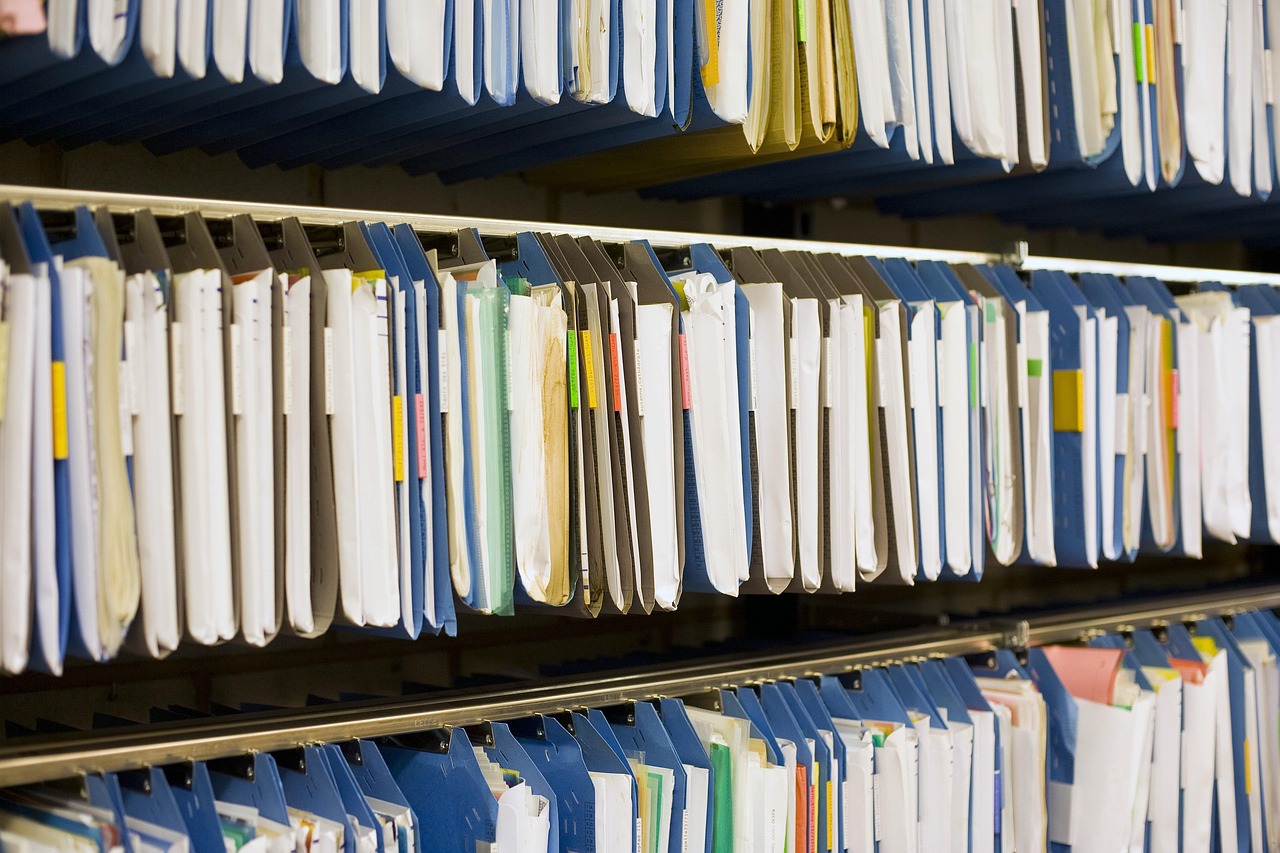Achieving peak office productivity is a constant pursuit for businesses of all sizes. It’s not just about working harder, but about working smarter, leveraging tools, and fostering an environment that empowers employees to perform at their best. This article dives into actionable strategies to boost office productivity, covering everything from technology adoption to workflow optimization and employee well-being. Let’s explore how to create a more productive and efficient office environment.
Optimizing Your Workspace for Maximum Productivity
A well-organized and comfortable workspace is fundamental to productivity. It’s more than just aesthetics; it directly impacts focus, morale, and overall efficiency.
Ergonomics and Comfort
- Adjustable Furniture: Invest in ergonomic chairs, adjustable desks, and monitor arms. These allow employees to customize their workspace to fit their individual needs, minimizing strain and discomfort.
Example: A sit-stand desk allows employees to alternate between sitting and standing throughout the day, promoting better circulation and reducing back pain.
- Proper Lighting: Ensure adequate and appropriate lighting. Natural light is ideal, but if that’s not possible, use full-spectrum lighting to mimic natural daylight.
Example: Reduce glare from computer screens by positioning monitors away from direct light sources.
- Reduce Noise: Minimize distractions by implementing noise-canceling headphones or soundproofing panels in open office spaces.
Example: White noise machines can help mask distracting conversations and create a more focused atmosphere.
Organization and Clutter
- Implement a Clear Desk Policy: Encourage employees to keep their desks clear of clutter at the end of each day.
Example: Provide storage solutions like drawers, shelves, and filing cabinets to help organize paperwork and supplies.
- Digital Organization: Transition to a paperless office by using cloud storage and document management systems.
Example: Utilize tools like Google Drive, Dropbox, or Microsoft SharePoint to store and share files securely and efficiently.
- Regular Cleaning: Schedule regular cleaning and maintenance to ensure a tidy and hygienic workspace.
Leveraging Technology to Enhance Efficiency
Technology is a cornerstone of modern office productivity. Choosing and implementing the right tools can significantly streamline workflows and boost overall efficiency.
Project Management Software
- Centralized Task Management: Utilize project management software like Asana, Trello, or Monday.com to centralize task management, assign responsibilities, and track progress.
Example: Create project boards with columns for “To Do,” “In Progress,” and “Completed” to visually manage tasks and deadlines.
- Collaboration and Communication: These platforms facilitate seamless collaboration and communication among team members, reducing the need for lengthy email chains.
Example: Use built-in messaging features to quickly ask questions or provide updates on project progress.
- Time Tracking: Some project management tools offer time tracking features, allowing you to monitor how long tasks take and identify areas for improvement.
Communication and Collaboration Tools
- Instant Messaging: Implement instant messaging platforms like Slack or Microsoft Teams for quick and efficient communication.
Example: Create dedicated channels for specific projects or teams to keep conversations organized and focused.
- Video Conferencing: Utilize video conferencing tools like Zoom or Google Meet for virtual meetings and remote collaboration.
Example: Schedule regular team meetings to maintain communication and foster a sense of connection among remote or hybrid teams.
- Document Sharing: Use cloud-based document sharing platforms to enable real-time collaboration on documents and spreadsheets.
Example: Enable track changes and commenting features to facilitate feedback and revisions.
Automation Tools
- Automate Repetitive Tasks: Identify and automate repetitive tasks using tools like Zapier or IFTTT.
Example: Automatically create tasks in your project management software when new emails are received from specific clients.
- Email Management: Use email filters and rules to automatically sort and prioritize emails, reducing inbox clutter and saving time.
Example: Create rules to automatically move newsletters and promotional emails to a separate folder.
- Data Entry Automation: Explore tools that can automate data entry tasks, such as optical character recognition (OCR) software.
Streamlining Workflows for Optimal Output
Efficient workflows are crucial for maximizing productivity. By analyzing and optimizing your processes, you can eliminate bottlenecks and improve overall output.
Process Mapping and Analysis
- Visualize Your Workflows: Create visual representations of your key workflows to identify potential bottlenecks and inefficiencies.
Example: Use flowcharts or process mapping software to document the steps involved in a specific task, from initiation to completion.
- Identify Bottlenecks: Analyze your process maps to pinpoint areas where work slows down or gets stuck.
Example: Look for steps that require multiple approvals or involve manual data entry.
- Gather Feedback: Solicit feedback from employees involved in the workflows to gain insights into their experiences and identify areas for improvement.
Workflow Optimization Techniques
- Standardize Processes: Implement standardized processes for common tasks to ensure consistency and reduce errors.
Example: Create templates for frequently used documents, such as invoices or reports.
- Eliminate Redundancy: Identify and eliminate redundant steps in your workflows to streamline the process.
Example: Consolidate multiple forms into a single form to reduce the amount of paperwork required.
- Automate Approvals: Automate approval processes using workflow automation software to speed up decision-making.
Time Management Techniques
- Prioritize Tasks: Use time management techniques like the Eisenhower Matrix (urgent/important) to prioritize tasks and focus on the most critical items.
- Time Blocking: Schedule specific blocks of time for different tasks to improve focus and prevent distractions.
Example: Allocate a two-hour block in the morning for focused work on a specific project.
- Pomodoro Technique: Use the Pomodoro Technique (25 minutes of focused work followed by a 5-minute break) to maintain concentration and prevent burnout.
Fostering a Productive Culture and Employee Well-being
A positive and supportive work environment is essential for fostering productivity. Happy and engaged employees are more likely to be productive and motivated.
Employee Empowerment and Autonomy
- Delegate Responsibilities: Empower employees by delegating responsibilities and giving them the autonomy to make decisions.
Example: Allow employees to manage their own schedules and projects, within established guidelines.
- Provide Training and Development Opportunities: Invest in employee training and development to enhance their skills and knowledge.
Example: Offer workshops on time management, communication, or specific software applications.
- Encourage Innovation: Create a culture that encourages innovation and creativity, allowing employees to experiment with new ideas and approaches.
Recognition and Rewards
- Recognize Achievements: Acknowledge and celebrate employee achievements to boost morale and motivation.
Example: Implement an employee of the month program or publicly recognize employees for their contributions.
- Provide Incentives: Offer incentives and rewards for exceeding performance goals or contributing to team success.
Example: Offer bonuses, gift cards, or extra vacation days as rewards for achieving specific targets.
- Regular Feedback: Provide regular feedback to employees to help them understand their strengths and areas for improvement.
Well-being Initiatives
- Promote Work-Life Balance: Encourage employees to maintain a healthy work-life balance by providing flexible work arrangements and promoting time off.
Example: Offer remote work options, flexible hours, or generous vacation policies.
- Wellness Programs: Implement wellness programs to promote employee health and well-being.
* Example: Offer gym memberships, wellness workshops, or access to mental health resources.
- Team-Building Activities: Organize team-building activities to foster camaraderie and improve communication among team members.
Conclusion
Boosting office productivity is a multifaceted endeavor that requires a holistic approach. By optimizing the workspace, leveraging technology, streamlining workflows, and fostering a positive culture, businesses can unlock their full potential and achieve significant gains in efficiency and output. The key is to continuously assess, adapt, and refine your strategies to meet the evolving needs of your workforce and the demands of the modern business environment. Embrace these strategies, and you’ll be well on your way to creating a highly productive and thriving office.




